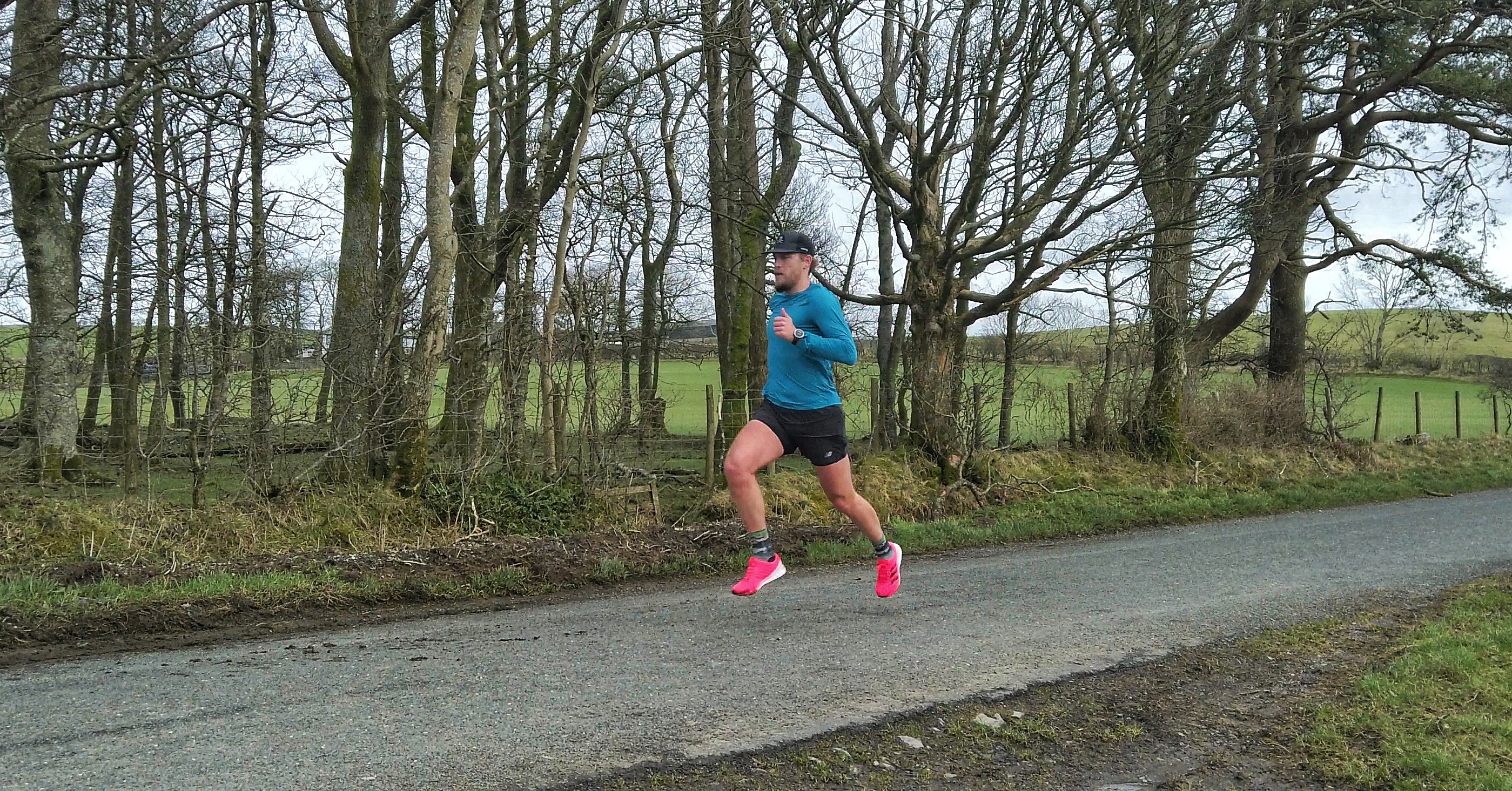Unleashing Your Potential: The Art of Fartlek Running
- Darren Haworth

- Oct 13, 2023
- 3 min read
Running is more than just putting one foot in front of the other; it's a holistic experience that encompasses mental fortitude, physical endurance, and strategic training. One such innovative and effective training method is Fartlek running, a Swedish term that translates to "speed play."

Fartlek running blends the structured nature of interval training with the freedom and spontaneity of long-distance runs, offering a dynamic and engaging approach to improving your running performance. In this blog post, we'll explore the essence of Fartlek running, its benefits, and provide you with a detailed example to incorporate this technique into your training regimen.
Understanding Fartlek Running
Fartlek running revolves around the concept of unstructured intervals, where runners vary their speed and intensity throughout the workout. Unlike traditional interval training, where you have fixed periods of high-intensity running followed by rest, Fartlek training is flexible and adaptable. During a Fartlek run, you can seamlessly transition from jogging to sprinting, mimicking the unpredictable conditions of real-life races and challenges. This technique not only enhances your cardiovascular fitness but also sharpens your ability to pace yourself effectively.
Benefits of Fartlek Running
Improved Cardiovascular Endurance: Fartlek training challenges your heart and lungs by pushing you to alternate between different intensity levels. This boosts your cardiovascular endurance, enabling you to sustain longer runs with ease.
Enhanced Speed and Agility: By incorporating bursts of speed within your run, Fartlek training helps in improving your sprinting abilities. This added speed can be a game-changer, especially during the final stretch of a race.
Mental Resilience: Fartlek running demands mental focus and adaptability. Learning to adjust your pace on the go enhances your mental resilience, allowing you to overcome challenges during races and intense training sessions.
Prevents Boredom: The unpredictable nature of Fartlek training keeps your mind engaged and prevents the monotony often associated with repetitive workouts. It adds an element of excitement to your training routine.
Burns More Calories: The varying intensity levels of Fartlek running increase your calorie expenditure, making it an efficient method for weight management and fat loss.
Example of a Fartlek Running Session
Now that we've delved into the theory, let's craft a practical example of a Fartlek running session for both beginners and intermediate runners. Before you begin any workout, make sure to warm up adequately to prepare your muscles and joints for the upcoming activity.
Warm-up (10 minutes): Start with a brisk walk, gradually transitioning into an easy jog. Focus on deep breathing and gentle stretches to loosen your muscles.
Main Session (30 minutes):
Jog (5 minutes): Begin with a comfortable jog at a moderate pace. This phase allows your body to settle into the run.
Surge (1 minute): Increase your speed to a fast but sustainable pace. Imagine you're trying to catch a bus that's about to leave. Push yourself, but avoid an all-out sprint.
Recovery (2 minutes): Slow down to a light jog or brisk walk to recover. Focus on regulating your breathing and relaxing your muscles.
Sprint (30 seconds): Push yourself to your maximum speed for half a minute. Imagine you're racing against someone and giving your all to win.
Recovery (3 minutes): Slow down significantly, allowing your heart rate to drop. Focus on steady breathing and relax your body.
Fast Tempo (2 minutes): Increase your pace again, not as fast as your sprint but faster than your initial surge. Imagine you're chasing your best time and maintaining a strong, consistent pace.
Recovery (2 minutes): Slow down to a comfortable jog. Catch your breath and prepare for the next interval.
Hill Sprint (1 minute): If you're running in a hilly area, sprint uphill. Focus on your form and use your arms to power you up the hill. If you're on a flat surface, imagine you're sprinting uphill, engaging your core and pumping your arms vigorously.
Recovery (4 minutes): Slow down to a gentle jog or brisk walk. Allow your body to recover completely before the next interval.
Cool Down (10 minutes): Gradually reduce your pace to a slow walk. Focus on deep breathing and perform static stretches for your major muscle groups, holding each stretch for about 20-30 seconds.
Fartlek running is more than a training technique; it's a mindset that empowers runners to explore their capabilities, push their limits, and enjoy the journey of becoming better athletes. By incorporating this dynamic and versatile method into your training routine, you'll not only enhance your physical fitness but also nurture mental resilience and a strong sense of accomplishment. So lace up your shoes, hit the road/trails, and let the speed play begin – your best run yet might be just around the corner.







Comments